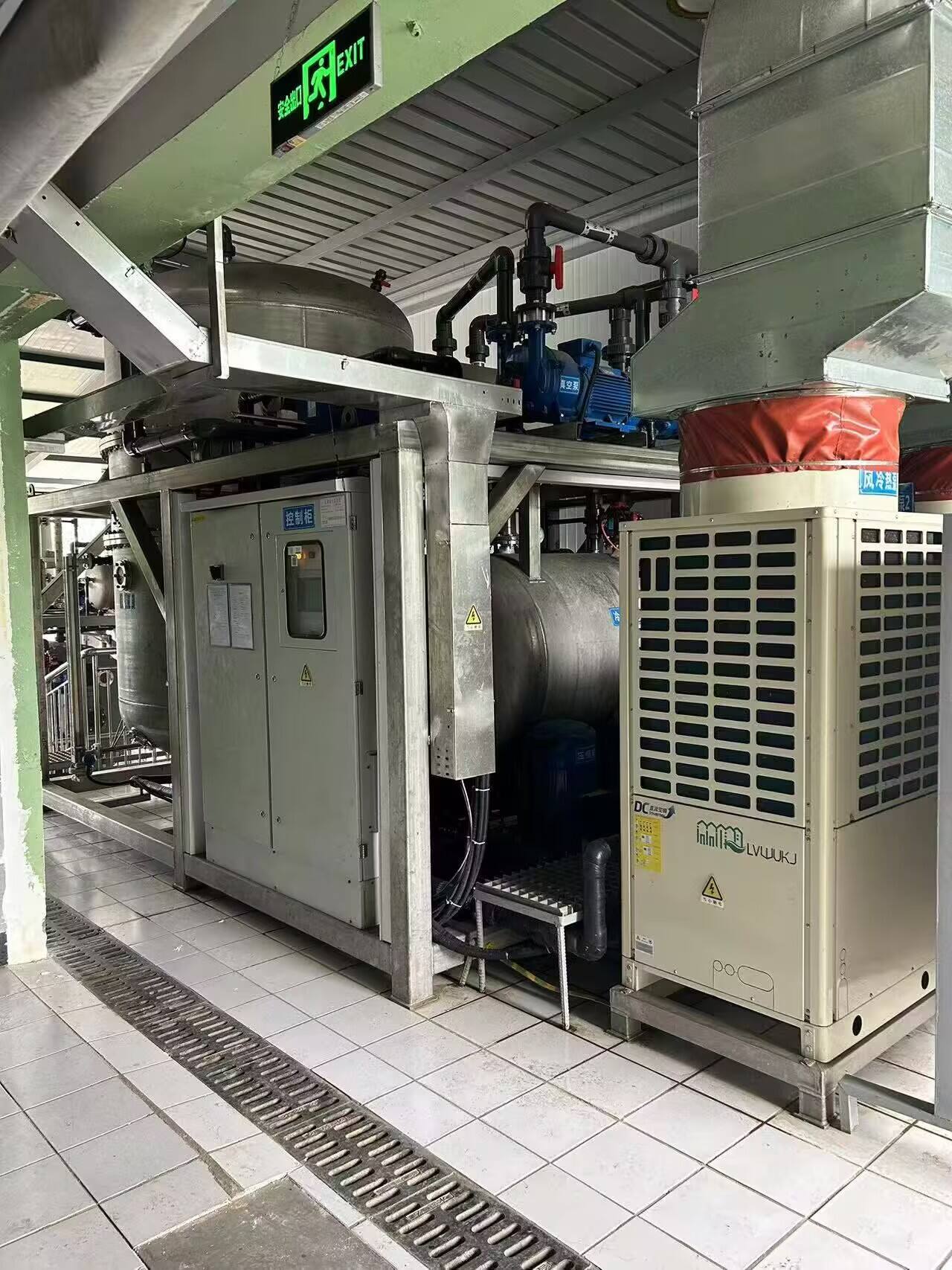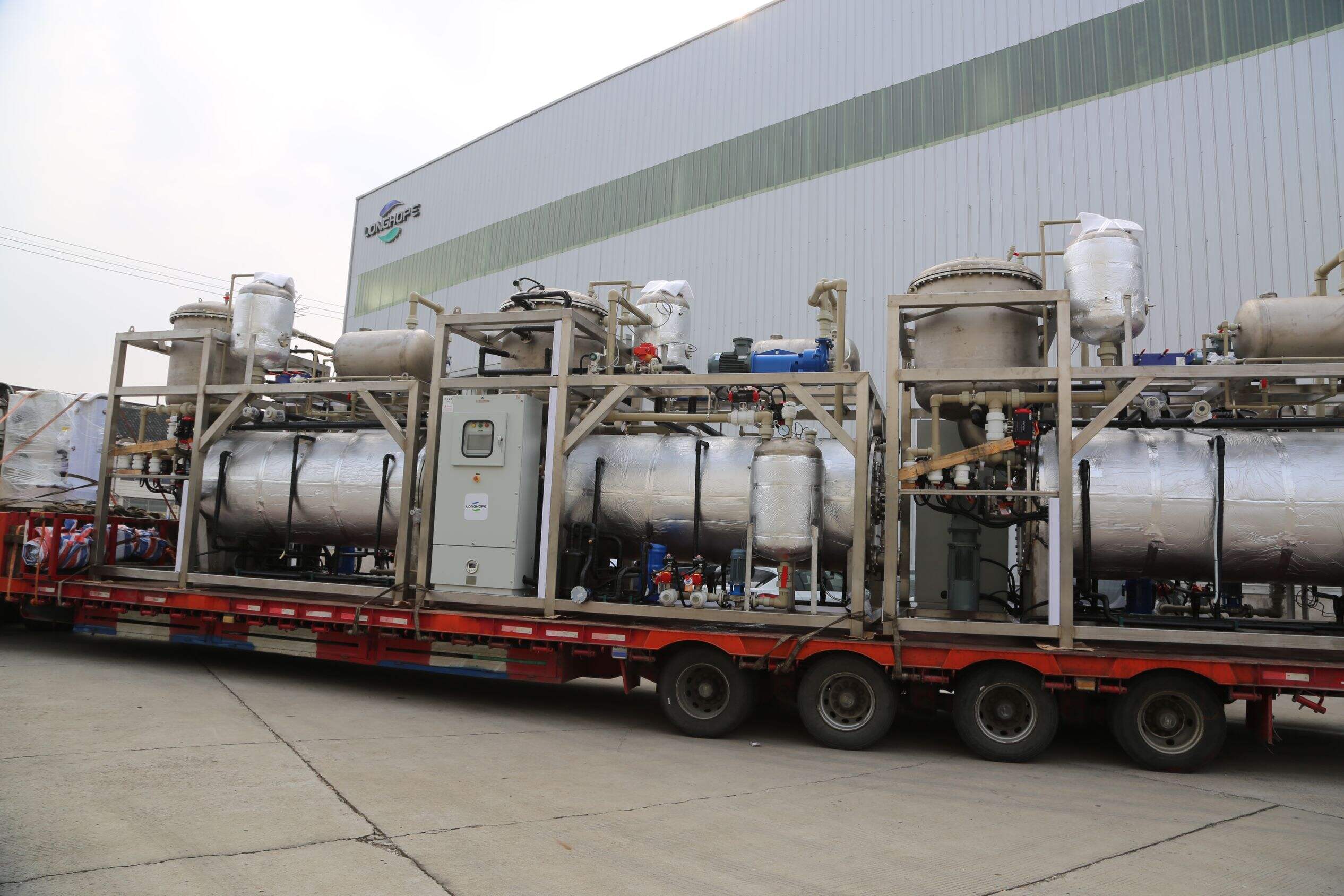effluent treatment plant for textile dyeing industry
An effluent treatment plant for the textile dyeing industry is a sophisticated system designed to treat and purify wastewater generated during textile manufacturing processes. These plants incorporate multiple treatment stages to effectively remove dyes, chemicals, and other pollutants from industrial wastewater. The primary treatment phase involves physical separation methods, including screening and sedimentation, to remove larger particles and suspended solids. The secondary treatment utilizes biological processes where microorganisms break down organic compounds. Advanced tertiary treatment employs chemical oxidation, membrane filtration, and activated carbon absorption to remove persistent dyes and chemical residues. The plant typically features automated control systems that monitor and adjust treatment parameters in real time, ensuring optimal performance and compliance with environmental regulations. Modern plants are equipped with energy recovery systems and water recycling capabilities, making them both environmentally sustainable and economically viable. The treated water meets stringent quality standards, allowing for safe discharge into water bodies or reuse in the manufacturing process. These plants are essential for textile manufacturers to maintain regulatory compliance while minimizing their environmental impact.


